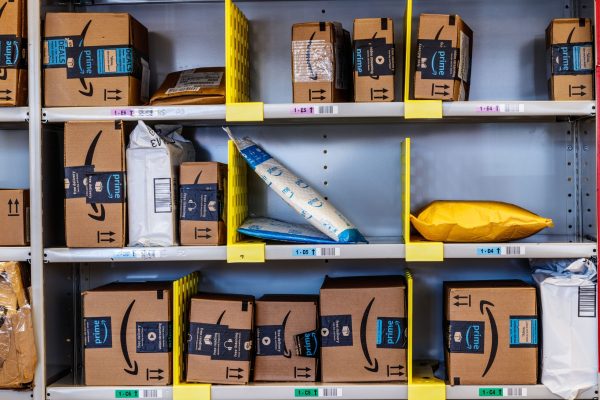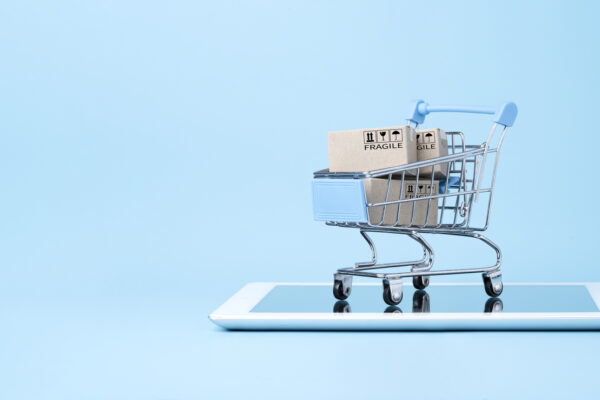In the rapidly evolving landscape of ecommerce, staying ahead of the curve is essential for businesses to thrive. The integration of cutting-edge technologies, such as robotics and artificial intelligence (AI), is reshaping the fulfilment landscape, optimising operations, and enhancing customer experiences. In this blog post, we delve into the exciting world of fulfilment tech trends, exploring how robotics, AI, and automation are revolutionising ecommerce operations while paving the way for a more efficient and customer-centric future.
Embracing the Future: Robotics and AI in Ecommerce Fulfilment
1. Automated Warehousing and Picking:
Ecommerce giants are increasingly turning to robotics for warehouse automation. Autonomous robots efficiently navigate warehouse aisles, utilising AI algorithms to optimise routes and retrieve items. This not only accelerates order fulfilment but also reduces the risk of errors in the picking process.
2. Smart Inventory Management:
AI-driven inventory management systems forecast demand patterns with remarkable accuracy. This helps ecommerce businesses optimise stock levels, prevent overstocking or stockouts, and ultimately reduce storage costs.
3. Last-Mile Delivery Revolution:
Drones and autonomous delivery vehicles are shaping the future of last-mile logistics. AI-powered route planning ensures quick and efficient deliveries, while drones enable rapid delivery to remote areas. These innovations are redefining customer expectations for speed and convenience.
The Benifits of Fulfilment Tech Intergration
1. Enhanced Efficiency:
Robotics and AI streamline various fulfilment tasks, from sorting to packaging, resulting in faster order processing times and improved operational efficiency.
2. Accurate Order Fulfilment:
Automation minimises human errors, ensuring accurate order picking, packing, and shipping. This translates to fewer returns due to mistakes, enhancing customer satisfaction.
3. Scalability and Flexibility:
Fulfilment centres equipped with robotic systems can easily adapt to fluctuations in order volumes, making scalability during peak seasons more seamless.
4. Data-Driven Insights:
AI algorithms analyse data from multiple sources to provide actionable insights. Businesses can make informed decisions based on trends, demand fluctuations, and customer preferences.
5. Elevated Customer Experience:
Swift, accurate, and well-coordinated fulfilment processes result in shorter delivery times and improved customer satisfaction.
Challenges and Considerations
1. Implementation Costs:
While the benefits are substantial, initial investment costs for integrating robotics and AI can be significant. However, the long-term gains often outweigh these upfront expenses.
2. Workforce Transition:
Businesses transitioning to tech-driven fulfilment models need to facilitate workforce training and create a balance between human and robotic tasks.
The Road Ahead: Shaping the Future of Ecommerce Fulfilment
The integration of robotics, AI, and automation is reshaping the landscape of ecommerce fulfilment. Businesses that embrace these tech trends are better positioned to thrive in an increasingly competitive market. As technologies continue to advance, ecommerce fulfilment is set to become more efficient, accurate, and customer-centric, paving the way for a dynamic and promising future.
Conclusion
The fusion of robotics and AI with ecommerce fulfilment marks a transformative era that promises enhanced efficiency, accuracy, and customer satisfaction. As businesses adapt to these tech trends, they position themselves at the forefront of an evolving ecommerce landscape, ready to navigate the challenges and seize the opportunities that lie ahead. By embracing the power of technology, ecommerce brands are not only shaping their operations but also shaping the future of the industry itself.




